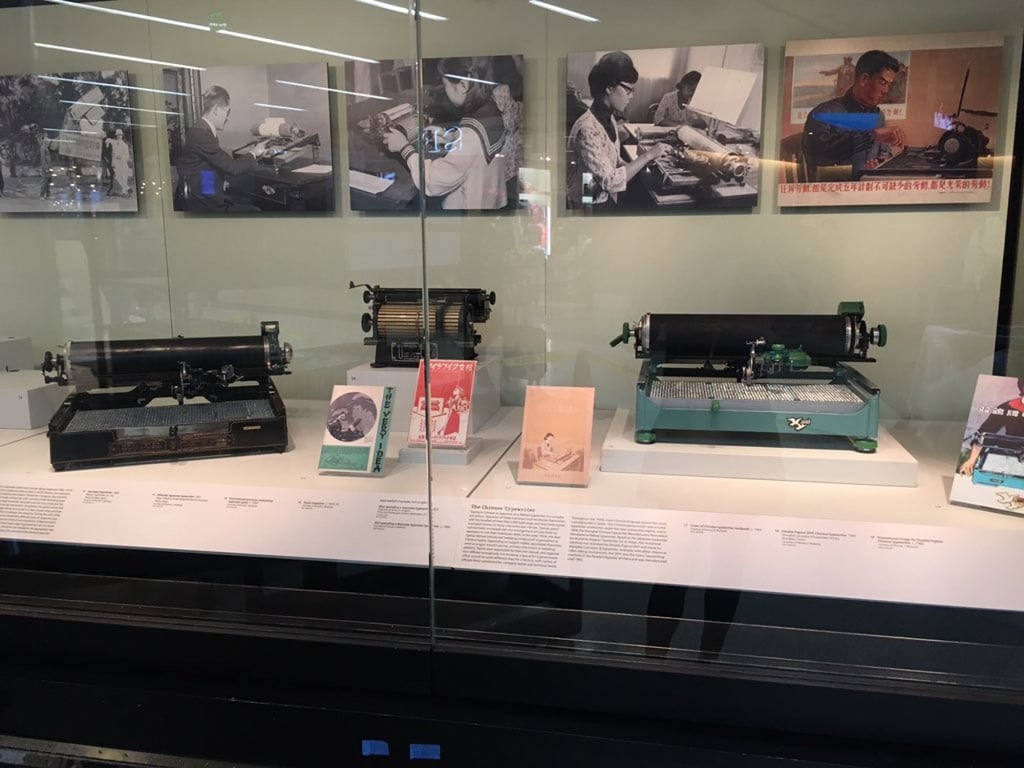Why is the world’s largest collection on China’s modern IT history in the US?
- Thomas S. Mullaney recounts how his unparalleled collection of early Chinese information technology came about and his failed quest to repatriate the items

“Return them to their home countries!” flashed my iPhone home screen, accompanied by a red, scowling, furious emoji.
The notification bubble came in reference to a 60-second TikTok video in which I had leaked word that my employer, Stanford University, had just acquired the single largest historical collection of modern Chinese information technology – largest not just in the United States, but the world.
Containing more than 2,500 archival items – including dozens of rare Chinese typewriters, word processors and computers – it covers Chinese-language telegraphy, typewriting, mimeography, bookmaking, mainframe computers, encoding systems, software, operating systems, printers, monitors, fonts, phototypesetting, input systems, word processors, personal computers and more.
It even covers relatively obscure aspects of modern Chinese IT, from the largest collection in the world of Samizdat-style self-published Chinese “zines” to China’s decision in the 1910s to import Western-style punctuation marks, and to the country’s overhaul of government stationery and other kinds of bureaucratic paperwork.

Clearly, the irate commentator believed such artefacts belonged in China, not California. A fair point. And why was this commenter targeting me? Because I am the one who gave Stanford the collection.
There is no shortage of angry commenters on TikTok, of course, particularly when it comes to China-related videos where trolls align fairly neatly into diametrically opposed camps: rabid (often racist) anti-Chinese on the one hand, hyper Sino-nationalists on the other, for whom devotion to country is matched only by staggering fragility to any criticism of it.